Readers Write: What Physicians Need to Know About Getting Paid for CPT 99490
What Physicians Need to Know About Getting Paid for CPT 99490
By Nat Findlay

Right now it seems like Medicare’s Chronic Care Management Program is the best kept secret in healthcare. After all, receiving money for a service that physicians traditionally perform for free appears to be a win/win for all involved.
However, there are certain provisions you should be aware of to make sure you are paid fully and on time for chronic care management (CCM), with minimal difficulties. To help you navigate this sometimes complicated process, here are five things you should know about getting paid for CPT 99490.
1) Money is already being made. The CMS has established a baseline payment rate of $42.60 for CCM that can be billed up to once per month per qualified patient. Physicians are already taking advantage, and so can you. Multiply that above figure by the number of your patients with chronic conditions, and it’s apparent why recent estimates indicate that a typical practice could see up to $77,000 in increased annual revenue by participating.
2) Certain codes cannot overlap. One tricky aspect of CCM is that 99490 cannot be billed in the same service period alongside other codes that are sometimes used for elderly patients or end-of-life care. This includes CPT 99495–99496 (transitional care management), HCPCS codes G0181/G0182 (home health care supervision/hospice care supervision), or CPT codes 90951–90970 (certain End-Stage Renal Disease services). Awareness of these restrictions at your practice will help you avoid unpleasant billing errors and devise better care plans.
3) You must prove compliance. Since the end goal of CCM is improving care, a major goal of the program is to ensure that providers are designing better patient-centered care plans and accurately capturing the patient’s health over an extended period of time. As such, making sure that this information is accurately captured in a certified EHR is of the utmost importance; without it, you cannot be paid on time or prove value. This worksheet explains what is needed to make sure you’re not stepping outside any of the CMS guidelines.
4) There may be a co-pay. To enroll a patient in a CCM program, he or she may need to agree to a monthly co-pay of $8. About 90 percent of patients will pay nothing out of pocket, but some 10 percent of beneficiaries who rely solely on the Medicare program for healthcare coverage will be liable for that small co-pay for each virtual visit. Convincing patients to sign up for CCM might be not be the most fun job you’ll have, but carefully explaining that they will never have to wait for a medication to be refilled, or someone to fix their wheelchair — and that the service is available on a 24×7 basis — is mighty compelling.
5) Both physicians and non-physician practitioners may bill the code, but only once per month. One of the more appealing parts of participating in CCM is that it does not require the PCP to complete the patient call, as various licensed providers may do so, including physician assistants, advanced practice registered nurses, clinical nurse specialists, and certified medical assistants. However, only one practitioner may be paid for the CCM service for a given calendar month; dedicating multiple personnel towards the program might improve patient outcomes, but it won’t get you paid any extra.
(Bonus) Check out this CMS tool. If you’re still feeling unsure, this Physician Fee Schedule Search Tool from CMS should helpful relieve your anxieties. It allows you to search by location, facility price, and other variables to see how much you’ll be getting paid for attesting to 99490.
Nat Findlay is CEO of Hello Health in New York City.
Contacts
Jennifer, Mr. H, Lorre, Dr. Jayne, Dr. Gregg, Lt. Dan
More news: HIStalk, HIStalk Connect.
Get HIStalk Practice updates.
Contact us online.
Become a sponsor.





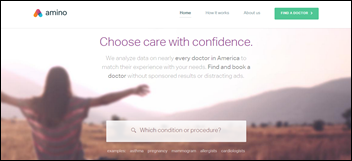



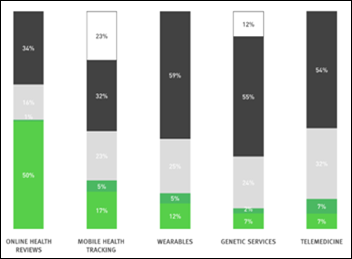
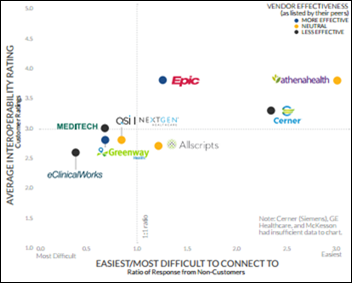


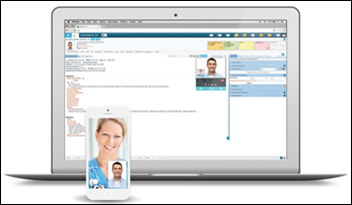

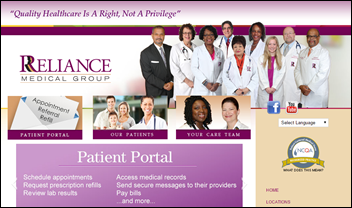


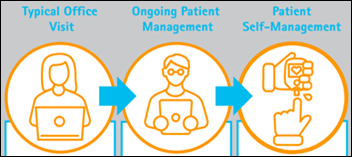








The article about Pediatric Associates in CA has a nugget with a potentially outsized impact: the implication that VFC vaccines…